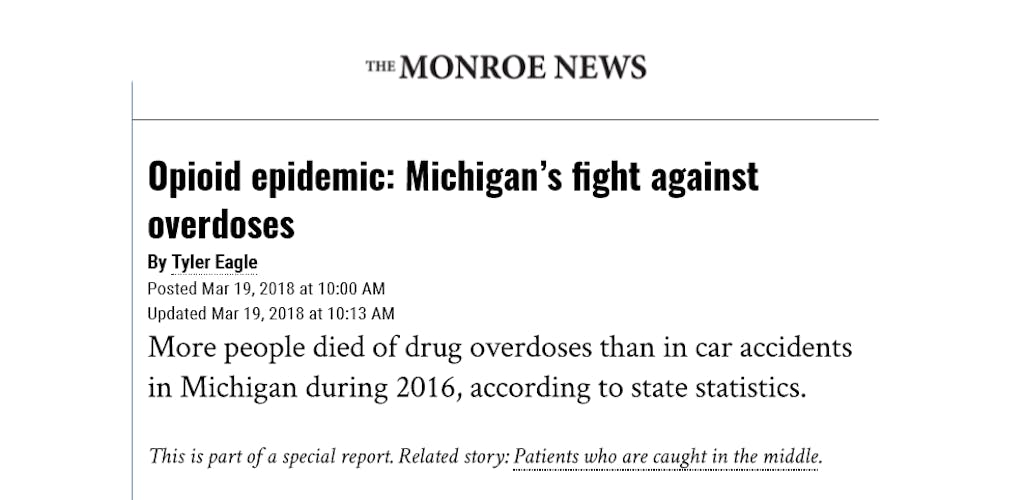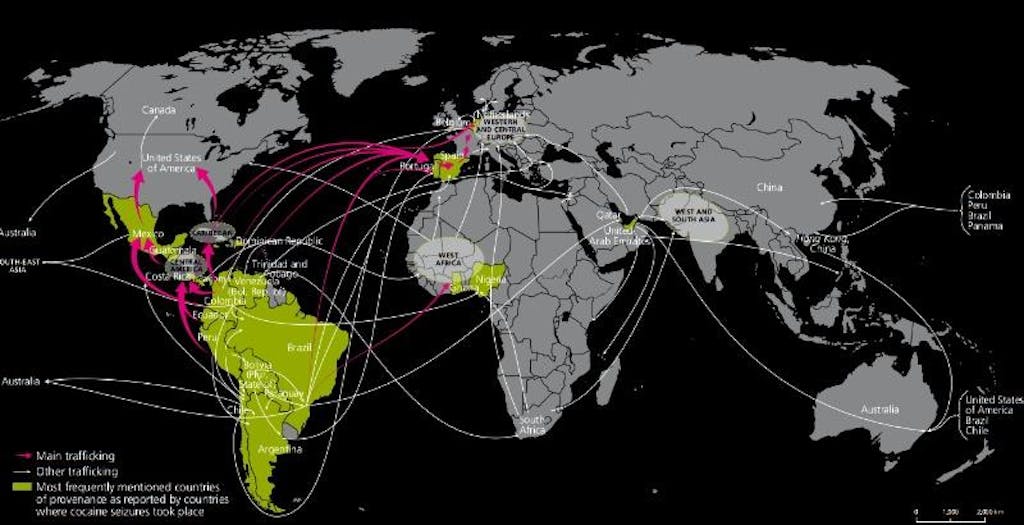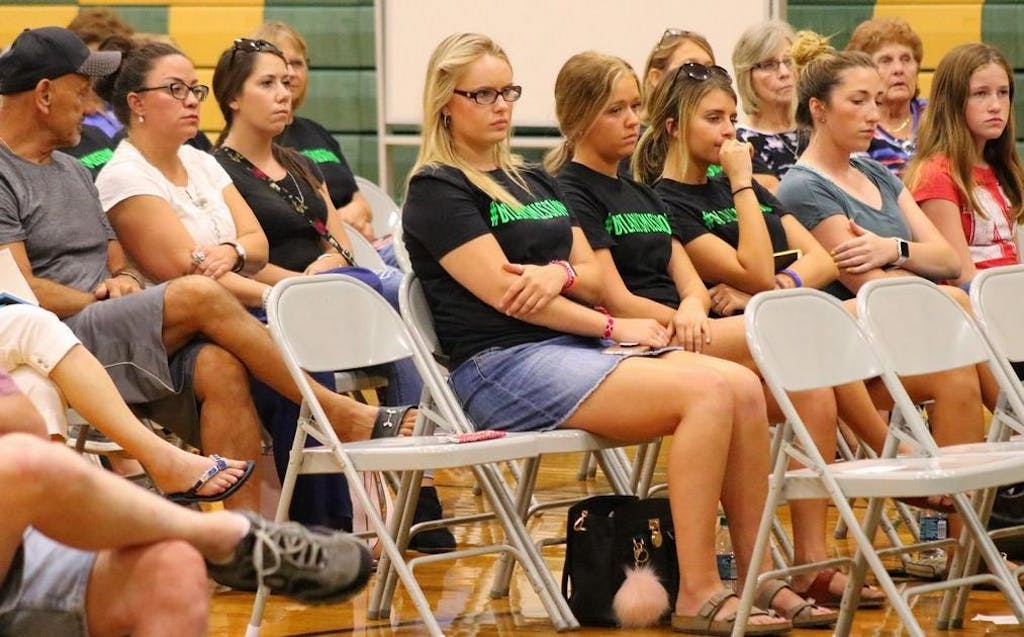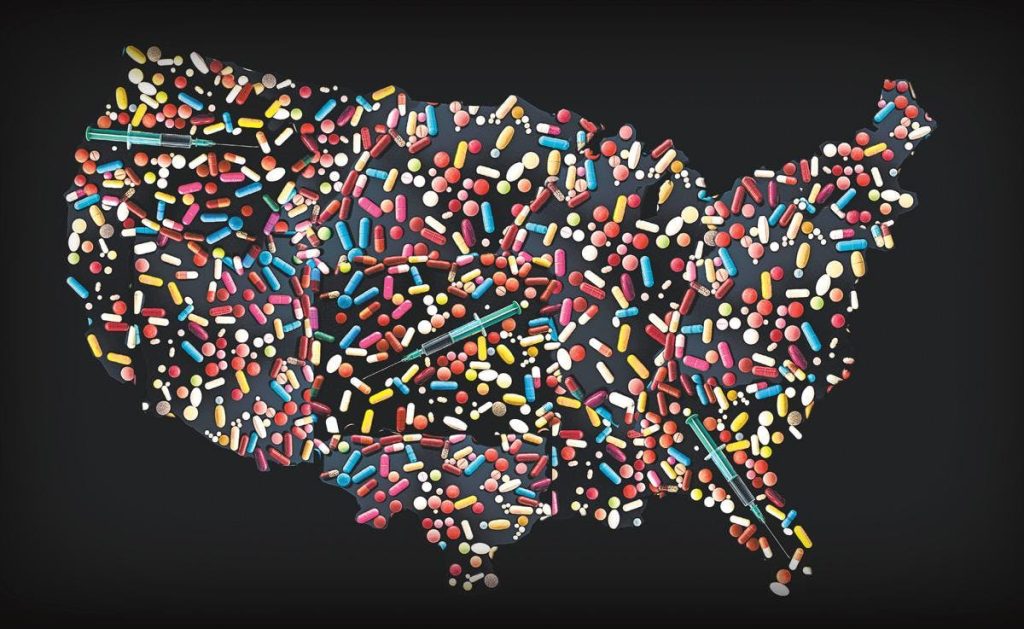For me, the opioid crisis is more than a national headline. I come from a small town in Monroe, Michigan that has been devastated by this epidemic.
My neighbors and family friends have lost their children—some my age or younger—to addiction. Our county is now ranked eighth in heroin overdose deaths in the state.
My hometown’s crisis—and the ongoing international efforts to tackle it—are at the heart of what I do at the UN Foundation. I work with college students across the U.S. who support the Sustainable Development Goals, a roadmap toward a better world adopted by all 193 member states at the United Nations in 2015.
Growing up in Monroe, we didn’t talk much about the United Nations. Coverage of the UN didn’t often make local headlines. My father appeared on the radio for his jeep store. “Matt Mahalak” Day was proclaimed when my brother was drafted in the NHL. These were the news items that mattered to my small town.
But as the opioid crisis shows, the work of the UN is real and relevant to Americans—even if some of my friends and relatives don’t realize it. That’s because the U.S. and the UN are working together to combat the opioid crisis in a number of ways.

“There is no greater drug epidemic than the one our community is facing right now,” said Monroe County Sheriff Todd K. Baxter. According to the Monroe County Heroin Task Force, which launched this past February, there were 220 opioid overdoses in 2017, up from 169 the previous year. In 2016, more people in Michigan died of drug overdoses than car accidents.
Because Monroe is a small town, the consequences of even one doctor over-prescribing opioid medication ripples throughout the area. This summer, a Monroe-area doctor was charged with illegal distribution of prescription drugs as well as health care fraud. This doctor is accused of prescribing more narcotic pills than any other doctor in the state, according to The Monroe News. My hometown also sits right between Detroit, Michigan and Toledo, Ohio, which means drug trafficking between these two major cities often cuts right through Monroe.
So how is the UN helping my hometown in the fight against opioids? Through its Container Control Program, the UN Office of Drugs and Crime is training officials across the globe in how to spot and prevent illicit drugs from moving undetected through seaports. This means disrupting the supply of precursor chemicals that can be used to create dangerous substances like fentanyl, an opioid that is 50 times more potent than pure heroin and 80 to 100 times more powerful than morphine.
Thanks to the World Health Organization, the U.S. Commission on Narcotic Drugs recently added six analogues of fentanyl to its international control list, including a veterinary drug that is increasingly being mixed with heroin and other opioids to deadly effect.
The UN’s twice-yearly Global SMART Update, meanwhile, is helping U.S. law enforcement understand how smuggling methods, consumption patterns and even the chemical composition of illicit opioids are evolving. As former U.S. legislators Mark Kirk and Ander Crenshaw recently pointed out, “Early warning and trend analysis allows U.S. authorities to better understand the scene playing out on American streets.”

These efforts complement action happening at the local level. For example, Catholic Charities of Southeast Michigan will launch a new center to aid those suffering from drug and alcohol addiction. This much-needed facility is the result of a partnership with ProMedica, the Community Mental Health Partnership of Southeast Michigan, and the Community Foundation of Monroe County.” In Monroe, partnerships like this will be crucial for identifying and addressing gaps in services to treat opioid addiction.
take action: tell your member of Congress why you support efforts to stop the global opioid crisis.
It’s not just law enforcement and local organizations making a difference either. George Barath, a family friend who still lives in Monroe, embodies how one individual can have an enormous impact. After losing a child to opioid addiction, Barath founded Ryan’s Hope Foundation, a nonprofit named after his son that sponsors addicts through local recovery programs. He is now working to launch a one-year residential program at a nearby rehabilitation center and train 20 peer recovery counselors in the future. “What greater thing can a human being than to save another person’s life?” he told me. “Money can’t put a price tag on a human life. If everyone just reached out to someone, there’s no greater gift.”

Local legislators are also engaging with constituents on the crisis. Representative Tim Walberg (R-Tipton) hosted a panel discussion in March alongside law enforcement and leaders like Barath and Klinski. “Here in Monroe, we take a community-based approach that includes law enforcement, medical professionals and treatment groups,” Prosecutor William Paul Nichols said.
The major takeaway? Collaboration must happen at all levels—town, state, federal, and international. A crisis of this scale must be tackled from all sides.
Such global and local cooperation will be crucial to solving our country’s deadly opioid epidemic. Next Monday, President Donald Trump will chair a high-level discussion on counter-narcotics for world leaders at UN headquarters in New York.
For the residents of Monroe, the work continues every day. “We haven’t had a worse health problem—and it isn’t even over with,” Barath told me.

